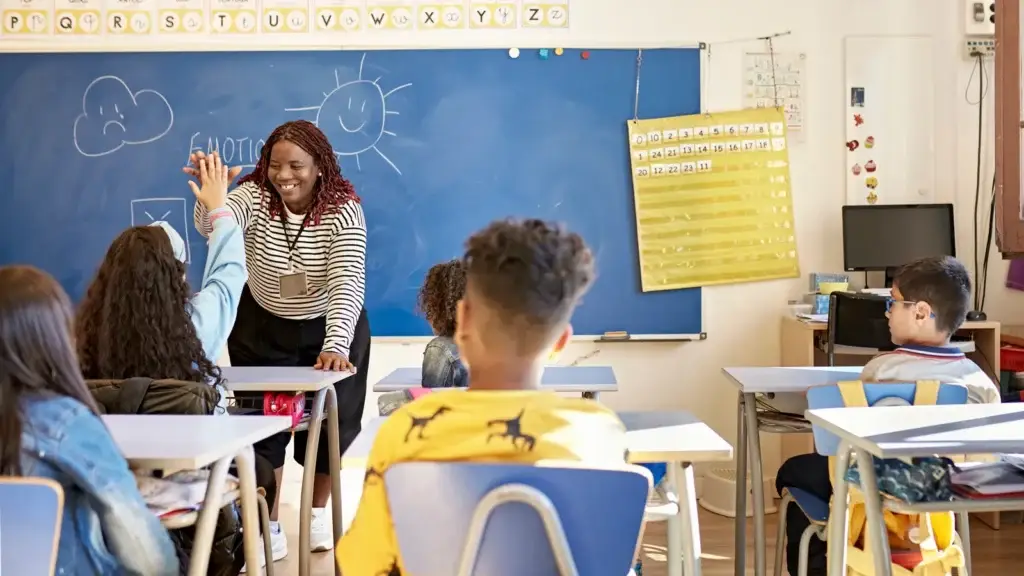This op-ed originally appeared in K-12 Dive.
In the raucous debate over state initiatives to expand access to private educational options, the plight of students with disabilities has taken center stage.
Researchers, policymakers, advocates, and parents alike have pointed out that private schools are not beholden to federal rules and regulations that guarantee students with disabilities access to a “free appropriate public education.” The result, they argue, is that the most vulnerable students will be left behind, exacerbating educational opportunity gaps that already loom large.
As an education researcher, I’m sympathetic to these concerns. Previous research and experience strongly suggest that schools of choice often struggle to provide the tailored instruction and services students with disabilities need. They may also actively discriminate against students perceived as “harder” to educate, even in schools that ostensibly aspire to equitably educate all students.
But as a mom to a child with a disability, I can’t help but worry that these students are once again being used as political pawns by opponents of choice to advance their own agendas. Feigning outrage over the risks students with disabilities may experience in school choice initiatives is nothing new, unfortunately.
In prior decades, critics of charter schools routinely went out of their way to dredge up examples of students with disabilities being ill-served or discriminated against, meanwhile ignoring the gross inequities that affect students with disabilities in traditional public schools every single day.
In my own state of Washington, local journalists get excited by the prospect of “outing” a local charter school as being out of compliance with state and federal disability law, but they can’t be bothered to comment on the far more numerous examples of traditional school districts failing to meet the same, low bar.
Let’s be clear: The biggest threat to the education of students with disabilities doesn’t lie with new statewide voucher initiatives. Instead, it rests in a public education system that has failed to help students with disabilities realize their educational potential.
According to the National Assessment of Educational Progress, the reading achievement gap between students with disabilities, who comprise 17% of all public school students, and their peers is 36 points by 8th grade, 50% larger than either the Black-White achievement gap (24 points) or the gap between students whose parents did not graduate high school and those that graduated college (23 points). Students with disabilities are also much less likely to graduate high school or enroll in a two- or four-year postsecondary education program.
These statistics are all the more troubling given that disability advocates suggest 80% to 85% of students with disabilities can achieve the same standards as other students if given appropriate support.
This opportunity chasm in public education has for too long been ignored by people — funders, policymakers, researchers, advocates, and journalists — who claim to be deeply concerned with addressing the needs of historically marginalized students. This is despite the fact that students of color who are identified with a disability are more likely to be served in segregated educational settings and subjected to punitive discipline, compounding the profound disadvantages these students already experience in school.
I applaud efforts to ensure that schools of choice funded with public dollars serve students with disabilities. But when doing so, let’s be sure that we don’t champion a public education system that has long failed miserably to equitably educate students with disabilities.




